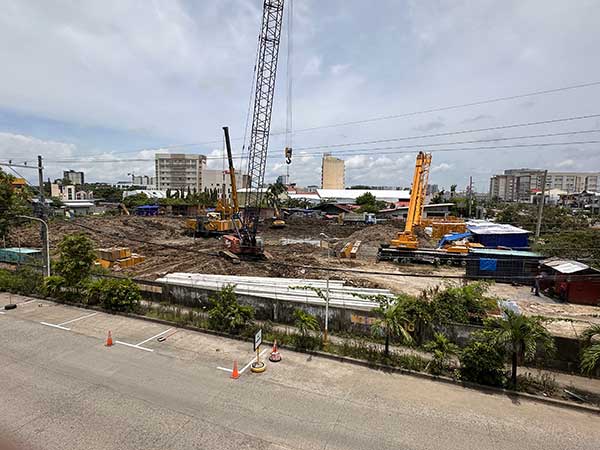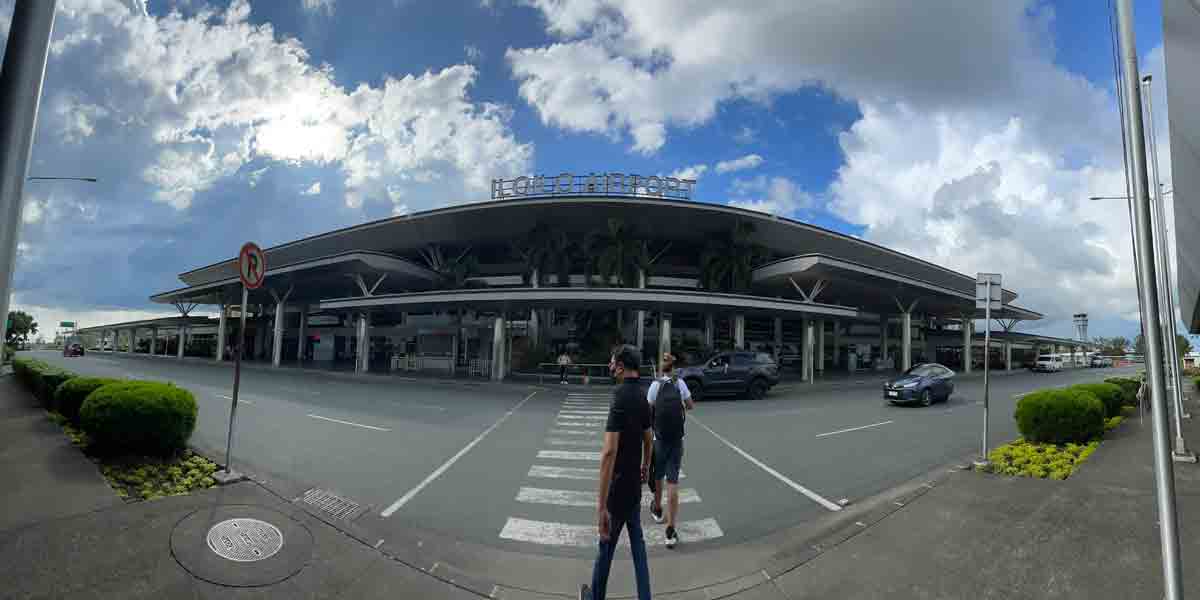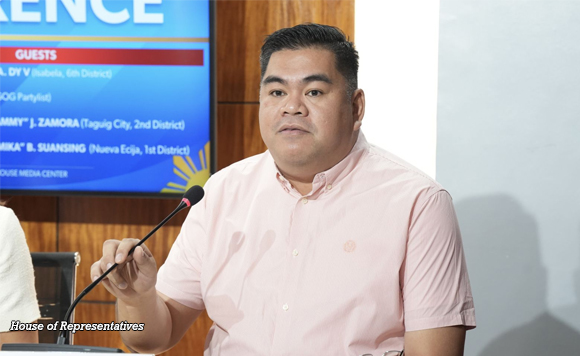
By Rjay Zuriaga Castor
Iloilo City Councilor Rex Sarabia said the Fair Market Values (FMV) of properties have not been updated since 2006, and the nearly two-decade gap in property valuations has caused a significant increase in the city’s real property tax (RPT).
How does the FMV affect the RPT?
The connection between FMV and RPT is simple: the assessed value of a property, which is used to calculate the RPT, is derived from its FMV.
The local assessor evaluates the property to determine its FMV, considering factors such as location, size, condition, and recent sales of comparable properties.
The FMV is then multiplied by a fixed assessment level, set by ordinance, to determine the assessed value.
The assessed value is used to compute the RPT, with the tax rate applied to the assessed value to determine the amount of tax owed.
A higher FMV results in a higher assessed value, which in turn increases the amount of property tax.
For example, if a property has an FMV of P10,000,000 and the assessment level is 20%, the assessed value would be P2,000,000.
If the RPT rate is 1%, the property owner would owe P20,000 in property tax.
What happened after 2006?
Two tax ordinances obtained by Daily Guardian show that there were efforts to increase the city’s RPT.
In 2006, the city government implemented the last revision of the Schedule of Base Unit Market Values of Lands and the Schedule of Base Unit Construction Costs of Buildings and Other Improvements.
To mitigate the impact of the tax increase, the payment schedule was phased: 50% of the increase was applied in 2006 and 2007, and 60% in 2008.
In 2009, the proposed revision of market values was deferred due to Typhoon Frank, which devastated the city the previous year.
The calamity led the city government to retain the 60% increase in the RPT assessment until 2011.
In 2012, the city implemented 100% of the 2006 values under Tax Ordinance No. 2011-065, approved in 2011 during the administration of former Mayor Jed Mabilog.
In 2014, the city council passed Tax Ordinance No. 2014-127, which only increased the assessment levels for various property classes without adopting a new FMV schedule.
An Audit Observation Memorandum from the Commission on Audit (COA) in March 2023 showed that the City Assessor proposed a general revision of real property assessments.
However, this was not approved by the Sangguniang Panlungsod due to economic considerations from intervening calamities.
The COA noted that the failure to revise the FMV understated the bases for the RPT, resulting in “lost opportunities and lower revenue generation.”
COA has directed the City Assessor to update the FMV and recommend a review and enactment by the City Council to “increase locally generated revenue.”
Under the Local Government Code, the city is legally required to update its FMV every three years.
Sarabia attributed the RPT increase to three factors: the city’s strong economy, the necessity brought by the Mandanas ruling’s devolved functions, and the legal mandate to update property values.



















